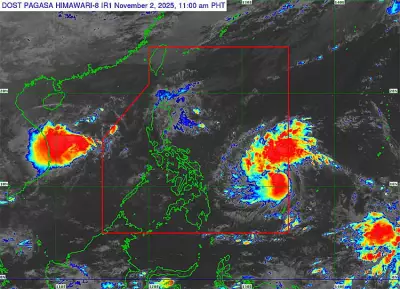
BACOLOD CITY - The relentless onslaught of Typhoon Tino has plunged Bacolod City into a state of emergency, affecting more than 6,000 families across 26 barangays according to latest reports from the City Disaster Risk Reduction Management Office (CDRRMO).
Widespread Impact Across the City
CDRRMO head Dr. Anna Maria Torres revealed alarming statistics from the ongoing disaster response operations. "The scale of flooding has been unprecedented in several areas, particularly affecting low-lying communities that have become virtually inaccessible due to rising waters", Torres stated during an emergency briefing.
The most severely impacted areas include Barangays Singcang-Airport, Mandalagan, and Villamonte, where floodwaters reached critical levels, forcing residents to evacuate to higher ground. Emergency response teams have been working around the clock to assist stranded residents and provide immediate relief.
Emergency Response in Full Swing
Local government units have mobilized all available resources to address the crisis. The CDRRMO has established multiple evacuation centers equipped with emergency supplies and medical assistance. "Our priority is ensuring the safety and well-being of affected residents. We have deployed rescue teams to the hardest-hit areas and are coordinating with barangay officials for real-time updates", Torres emphasized.
Critical Infrastructure Damage
- Multiple roads rendered impassable due to flooding
- Power outages reported in several barangays
- Emergency shelters operating at full capacity
- Rescue operations ongoing in isolated communities
Community Resilience Tested
As Typhoon Tino continues to batter the region, Bacolod residents are demonstrating remarkable resilience. Community leaders have organized local relief efforts, while social media platforms have become vital tools for sharing real-time information and coordinating rescue operations.
Weather authorities advise residents in flood-prone areas to remain vigilant and cooperate with evacuation orders as the situation continues to evolve. The CDRRMO maintains its emergency operations center on 24-hour alert status to coordinate all disaster response activities.





